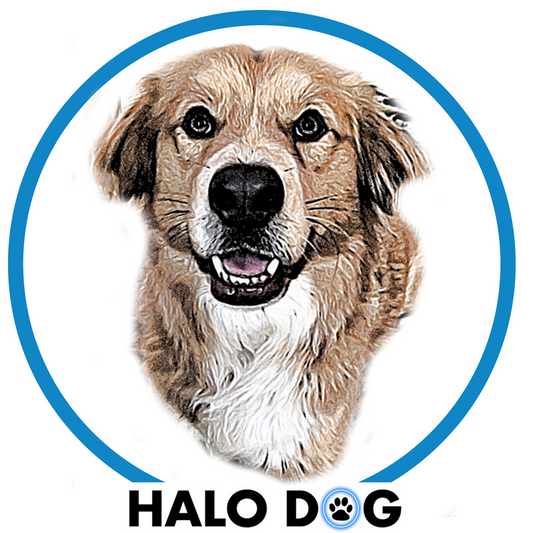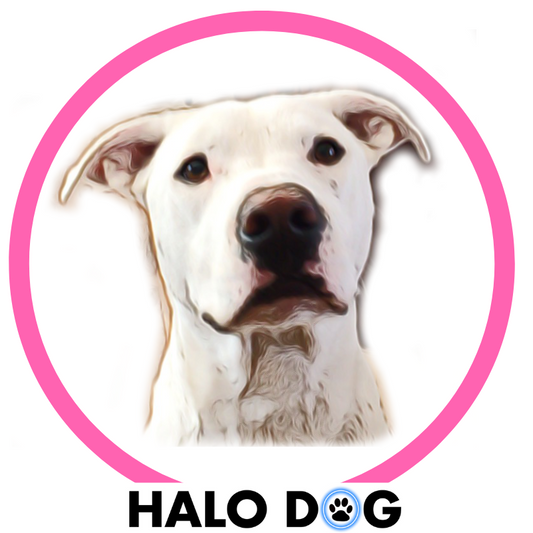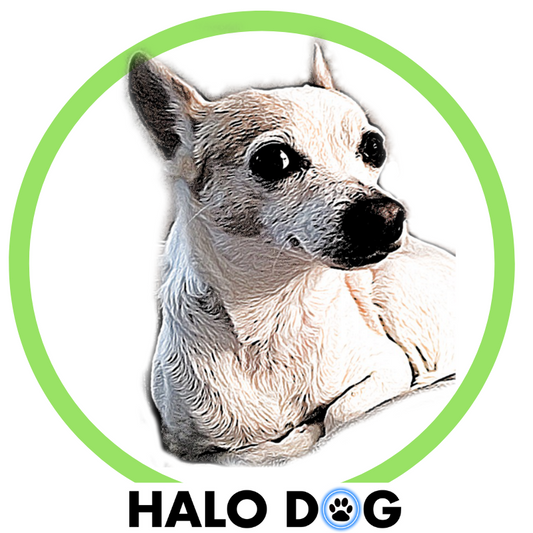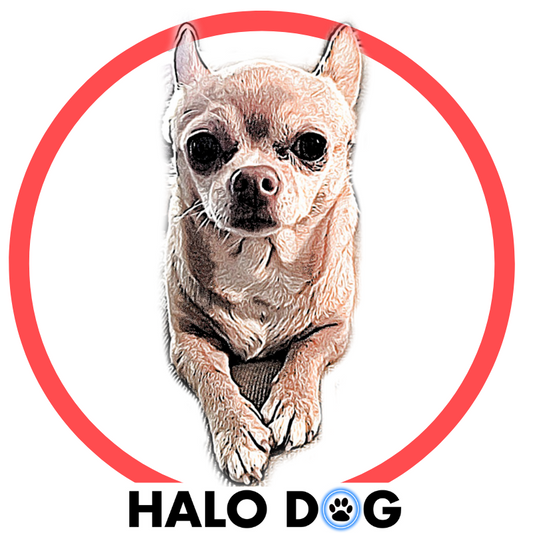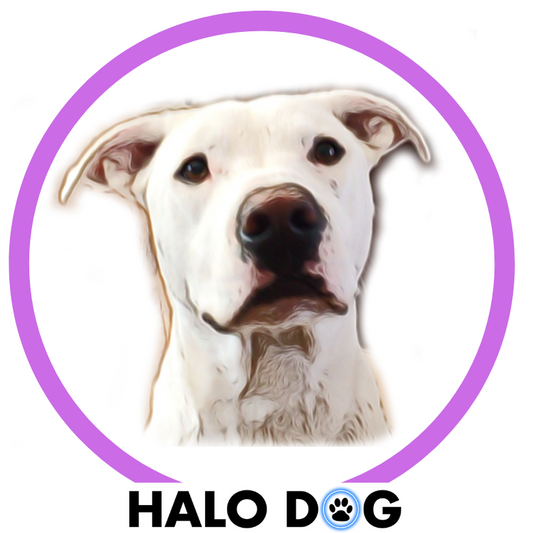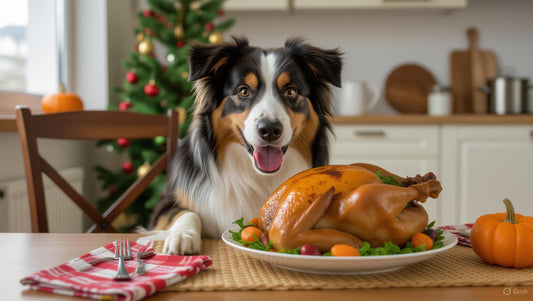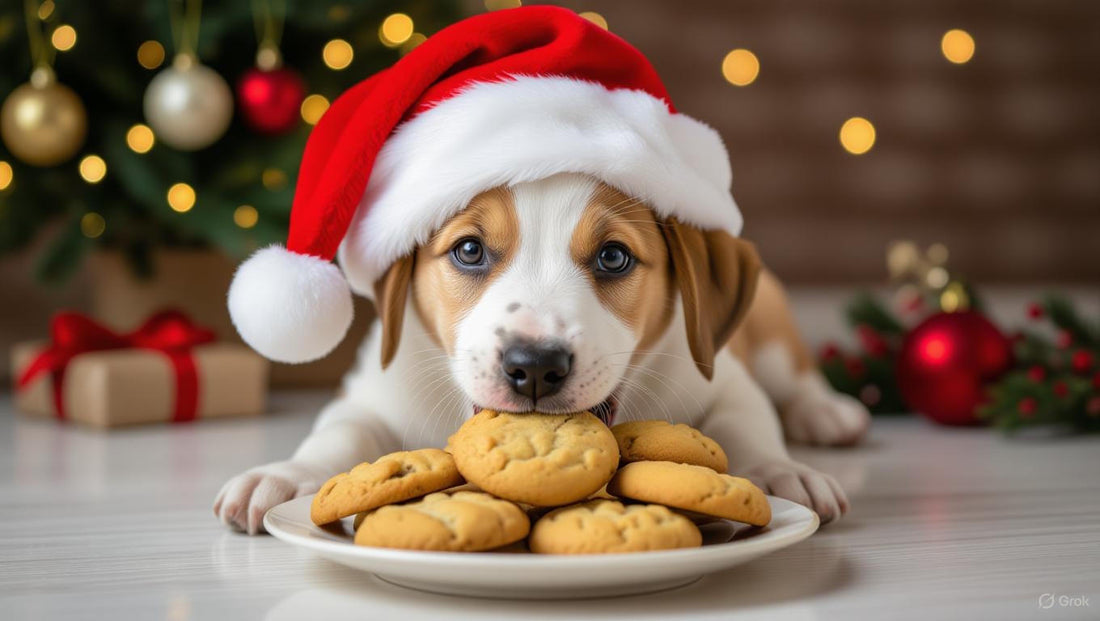
Christmas Chaos: The Ultimate Dog Safety Checklist for the Holidays
Share
Christmas morning magic can quickly turn into an emergency room nightmare if you're not prepared for the hidden dangers lurking beneath the tinsel and twinkling lights. With emergency vet visits spiking 300% during Christmas week, understanding these risks isn't just helpful—it's essential for every dog owner.
The Christmas Emergency Statistics That Will Shock You
Alarming Facts:
- Christmas Day ranks #1 for pet emergency visits annually
- 70% of holiday pet emergencies are completely preventable
- Foreign object ingestion increases 400% during Christmas week
- Lost pet reports double between December 20-27
The combination of disrupted routines, tempting decorations, and increased household activity creates a perfect storm of potential dangers for curious dogs.
Christmas Tree Hazards: More Dangerous Than You Think
The Water Bowl Trap
The Hidden Danger: Christmas tree water often contains:
- Fertilizers and preservatives
- Bacteria from stagnant water
- Pine needle debris creating choking hazards
Solution: Cover tree water completely or use a decorative tree collar that blocks access while maintaining holiday aesthetics.
Needle Nightmares
Risks Include:
- Punctured paw pads from fallen needles
- Intestinal blockage if ingested
- Mouth and throat irritation
Prevention Tips:
- Vacuum daily around the tree base
- Use a tree skirt to catch falling needles
- Monitor dogs closely during evening hours when visibility is reduced
Ornament Emergencies
Most Dangerous Types:
- Glass balls that shatter into sharp fragments
- Small ornaments creating choking hazards
- Heirloom pieces with toxic paint or materials
- Edible ornaments (candy canes, gingerbread, popcorn strings)
Smart Decorating Strategy:
- Hang fragile ornaments above dog height
- Use shatterproof alternatives on lower branches
- Secure all ornaments with sturdy hooks
- Create a "dog-safe zone" on the bottom third of your tree
Gift Wrapping: The Hidden Minefield
Ribbon and Bow Catastrophes
Why They're Deadly: Ribbons and bows cause "linear foreign body obstruction"—one of the most dangerous digestive emergencies.
Warning Signs:
- Repeated vomiting
- Loss of appetite
- Straining to defecate
- Abdominal pain
Prevention Strategy: Clean up all wrapping materials immediately after use and store supplies in closed containers.
Small Parts and Batteries
High-Risk Items:
- Button batteries from electronic gifts
- Small toy parts from children's presents
- Twist ties and wire ornament hangers
- Plastic packaging tabs
Safety Protocol: Conduct a "floor sweep" after every gift-opening session.
Toxic Holiday Plants: Beauty with a Deadly Secret
The Big Three Toxic Plants:
1. Poinsettias
- Cause mild to moderate gastric irritation
- Symptoms: drooling, vomiting, diarrhea
- Generally not life-threatening but uncomfortable
2. Mistletoe
- Contains compounds affecting heart rate and blood pressure
- Small amounts cause stomach upset
- Large amounts can be fatal
3. Holly
- Berries contain saponins
- Symptoms include vomiting, diarrhea, lethargy
- Leaves pose additional choking hazards
Safe Alternatives: Artificial versions provide beauty without risk, or choose dog-safe plants like Christmas cactus or rosemary topiaries.
Electrical Hazards: When Decorations Become Deadly
Light String Dangers
Chewing Risks:
- Electrical burns to mouth and tongue
- Potential electrocution
- Fire hazards from damaged wires
Protective Measures:
- Use cord protectors on accessible wires
- Unplug decorations when unsupervised
- Check all cords daily for damage
- Ensure your dog is always visible during evening hours when most electrical decorations are active
Extension Cord Catastrophes
Prevention Tips:
- Route cords behind furniture or along baseboards
- Use outlet covers when cords aren't in use
- Invest in pet-safe cord protectors
- Never leave damaged cords plugged in
Holiday Food Dangers: Beyond the Obvious
The Christmas Cookie Crisis
Hidden Dangers in Holiday Treats:
- Xylitol in sugar-free cookies (causes hypoglycemia)
- Chocolate in various concentrations
- Macadamia nuts causing weakness and vomiting
- Raisins in fruit cakes and cookies
Eggnog and Holiday Beverages
Toxic Components:
- Alcohol content dangerous in any amount
- High fat content triggering pancreatitis
- Nutmeg causing hallucinations and seizures
Turkey and Ham Safety
Safe Preparation:
- Remove all bones, skin, and excess fat
- Avoid seasoned or processed meats
- Serve only small portions of plain, cooked meat
- Never give dogs the drippings or gravy
Managing Christmas Chaos and Stress
Signs of Holiday Overwhelm:
- Excessive panting or pacing
- Hiding or clingy behavior
- Loss of house training
- Destructive chewing or digging
- Changes in eating patterns
Creating Calm in the Storm:
Establish a Safe Haven:
- Designate a quiet room away from festivities
- Include familiar bedding and toys
- Ensure dogs wear secure identification even indoors
- Use white noise or calming music
Maintain Routines:
- Keep feeding schedules consistent
- Maintain regular exercise times
- Preserve normal bedtime routines
- Continue regular evening walks with proper visibility gear
Gift Opening Safety Protocol
Before the Festivities:
- Exercise dogs thoroughly to reduce energy
- Feed normal breakfast to prevent food-seeking behavior
- Clear breakable items from the gift area
- Assign one person as "pet monitor"
During Gift Opening:
- Keep dogs at a safe distance initially
- Clean up wrapping debris immediately
- Monitor stress levels constantly
- Take breaks if dogs become overwhelmed
After the Excitement:
- Conduct thorough area cleanup
- Check all new items for potential hazards
- Ensure dogs are visible if they go outside to relieve stress
- Store all gifts safely
The Christmas Day Schedule Disruption
Christmas Day's altered schedule creates unique challenges:
Common Problems:
- Delayed or missed walks
- Irregular feeding times
- Increased indoor confinement
- Overstimulation from guests
Solutions:
- Plan dog care into your Christmas timeline
- Recruit family members to help with pet duties
- Prepare for extended indoor time with entertainment options
- Have reliable identification and visibility gear ready for any outdoor needs
Emergency Action Plan for Christmas Day
Keep These Numbers Accessible:
- Emergency veterinarian clinic
- Pet Poison Control: (888) 426-4435
- After-hours animal hospital
- Your regular vet's emergency protocol
Christmas Emergency Kit:
- Hydrogen peroxide (for induced vomiting - only if directed by vet)
- Activated charcoal tablets
- Digital thermometer
- Emergency contact list
- Recent photos of your dog
- Current vaccination records
When to Call Emergency Services:
- Any suspected poisoning
- Difficulty breathing
- Loss of consciousness
- Severe vomiting or diarrhea
- Inability to urinate or defecate
- Signs of intestinal blockage
New Year Preparation During Christmas Week
The period between Christmas and New Year brings unique challenges:
Increased Risks:
- Fireworks preparation and testing
- Changes in neighborhood activity
- Travel preparations
- Shorter daylight hours affecting walk schedules
Preparation Strategies:
- Begin fireworks desensitization early
- Update all identification information
- Ensure visibility equipment is in good working order
- Plan for potential boarding or pet-sitting needs
Creating Dog-Safe Christmas Traditions
Include Your Dog Safely:
- Christmas morning photo session with secure, visible gear
- Dog-safe "gift" opening (new toy, special treat)
- Special Christmas dinner prepared safely for dogs
- Family walk in Christmas morning (with proper visibility)
Safe Christmas Treats for Dogs:
- Plain cooked turkey (small amounts)
- Green beans (fresh, no seasoning)
- Sweet potato pieces (no spices)
- Carrot sticks
- Plain pumpkin (not pie filling)
The Gift of Peace of Mind
The best Christmas gift you can give your family is the confidence that your beloved dog is safe, secure, and included in your celebrations.
Remember: Prevention is always easier than treatment. A few simple precautions can ensure your Christmas memories are filled with joy rather than emergency room visits.
Post-Christmas Cleanup Safety
The dangers continue after Christmas morning:
Ongoing Hazards:
- Discarded wrapping materials
- Forgotten food items
- Damaged decorations
- Changed household routines
Safe Cleanup Protocol:
- Check floors thoroughly before allowing dogs back into areas
- Dispose of all decorations safely
- Return to normal routines gradually
- Maintain visibility precautions during evening cleanup activities
Your Christmas Safety Action Plan
Week Before Christmas:
- [ ] Dog-proof all decorations below 4 feet
- [ ] Stock emergency kit and contact information
- [ ] Plan altered walking and feeding schedules
- [ ] Test all visibility and identification equipment
Christmas Eve:
- [ ] Final safety sweep of all areas
- [ ] Prepare dog's safe retreat space
- [ ] Confirm emergency vet availability
- [ ] Charge all LED safety equipment
Christmas Day:
- [ ] Monitor stress levels continuously
- [ ] Clean up immediately after activities
- [ ] Ensure visibility during any outdoor time
- [ ] Take photos to celebrate safe traditions
Share your safe Christmas setup with us using #SafeChristmasDogs—we love seeing how families keep their furry members safe during the holidays!
Questions about specific Christmas hazards? Drop them in the comments below and we'll help you create the safest possible holiday for your best friend.
Christmas magic is even more magical when everyone stays safe. Save this checklist and share it with fellow dog parents to spread holiday safety awareness.

